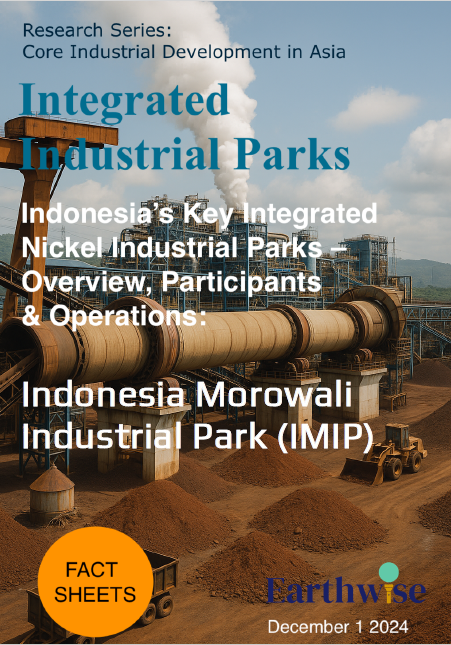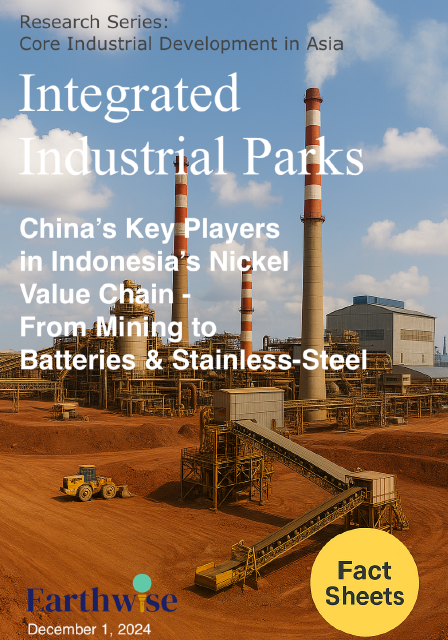Core Industrial Development In Asia and the Middle East
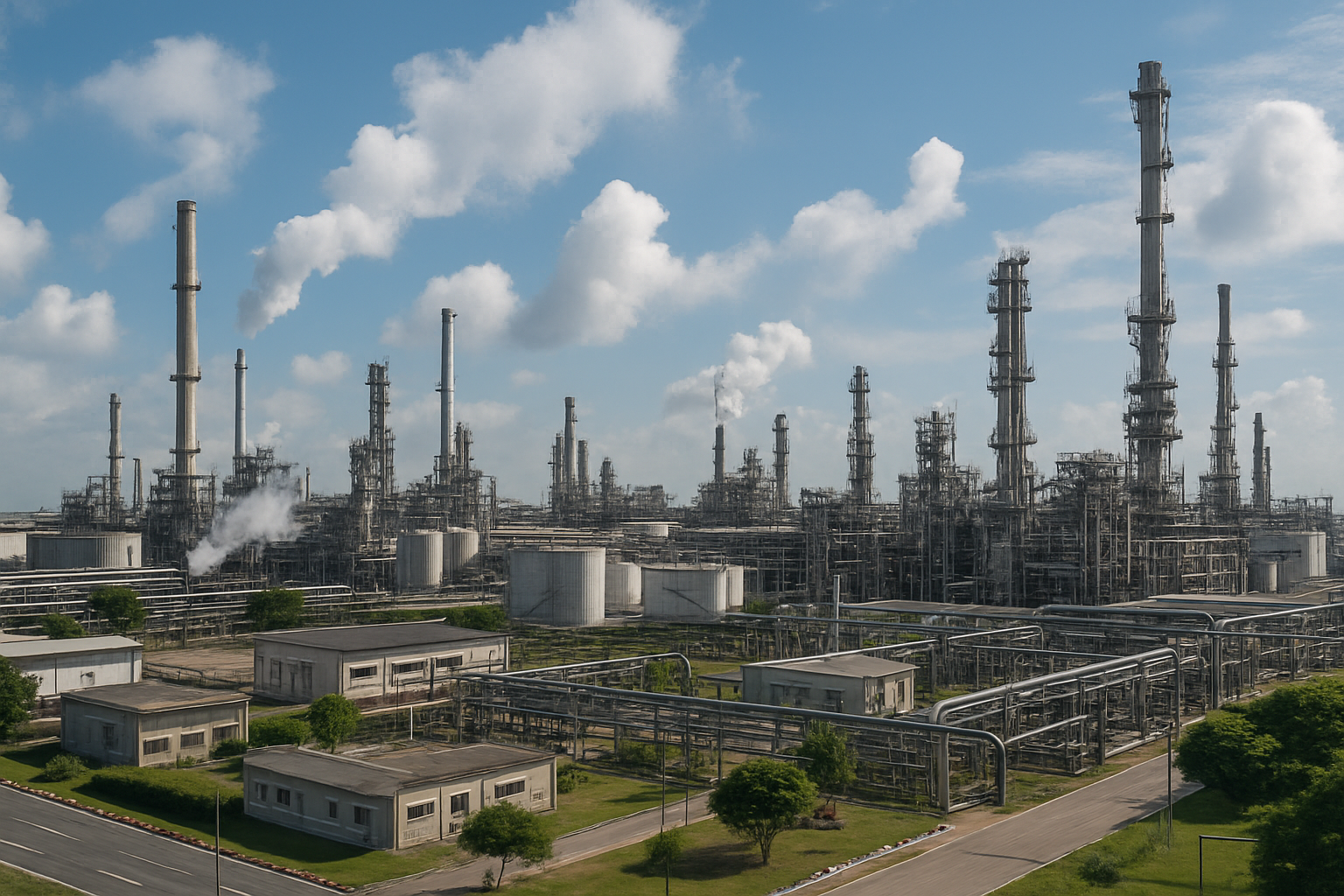
At Earthwise Institute, we believe that the decarbonization of core industries—such as metals, cement, petrochemicals, and large-scale manufacturing—is central to achieving a just and effective global energy transition. These sectors drive growth across Asia and the Middle East, yet they are also among the most carbon-intensive and resource-demanding.
Our new “Research Series: Core Industrial Development in Asia and the Middle East” examines how these industries can transform: greening their operations, reducing their climate footprint, and aligning with national development goals. The series combines field-level data collection, supply-chain mapping, and case-based analysis to offer evidence-based insights for policy-makers, financiers, and industry leaders.
What the series explores
- Supply-Chain & Value-Chain Mapping
We build our own cross-border datasets tracing the flow of materials—such as nickel from mine to EV battery—so that we can identify the real actors and leverage points that influence sustainability. This data-driven approach reveals patterns often hidden in conventional trade or production statistics. - Industrial Decarbonization of Heavy Sectors
Our research team compiles facility-level data and technology adoption records for steel, cement, and petrochemical industries. By analysing this proprietary database, we evaluate how existing and emerging “green” technologies are being adapted, and where policy or investment gaps remain. - Case Studies of Integrated Industrial Parks
We document industrial parks by gathering on-the-ground information on infrastructure, power sources, and production capacity. These case studies show how data-rich evidence can illuminate the environmental and economic impacts of concentrated industrial hubs and highlight pathways for cleaner growth. - Energy Transition in Core Industries
We track the energy mix of industrial clusters—often collecting project-level information on captive coal, renewable-energy installations, and grid connections. Mapping these trends enables us to visualise progress on coal phase-outs and the integration of wind, solar, hydro, and other low-carbon power sources.
Through this series, Earthwise Institute aims to provide actionable, data-powered evidence and regional insights that can accelerate industrial transformation—supporting governments, investors, and communities in meeting both development needs and global climate commitments.
Output of the research series:
Introducing of the “Integrated Industrial Parks” Fact Sheets
Part of the Research Series: Core Industrial Development in Asia
Report, December 1 2024
Earthwise institute is happy to introduce the newest collection of eight Fact Sheets, as part of the study theme “Integrated Industrial Parks” under the research series “Core Industrial Development in Asia”. The eight fact sheets, finalized in December 2024, provide a foundational dataset on the architecture of Indonesia’s nickel-centered industrial development. It combines two clusters of reports:
– Three industrial park profiles—covering Indonesia Morowali Industrial Park (IMIP), Indonesia Weda Bay Industrial Park (IWIP), and Obi Island Industrial Area (OIIA)—and
– Five institutional profiles of major Chinese investors—Tsingshan Holding Group, Zhejiang Huayou Cobalt, Contemporary Amperex Technology (CATL), Jinchuan Group, and Zhejiang Lygend Investment.
Together, these reports map the contours of Indonesia’s integrated nickel industrial parks, and the Chinese capital and corporate strategies underpinning them. They lay out comprehensive, structured information on:
– Physical and industrial characteristics of each park
– Governance, financing, and asset configurations of participating companies
– Supply chains, energy use, and ESG practices
– Socio-environmental dynamics, including community relations and incident histories
These Fact Sheets form a critical part of the research theme “Integrated Industrial Parks”, itself a core pillar of the broader study series “Core Industrial Development in Asia.”
The dual aim of this foundational body of work is:
– To equip stakeholders—including policymakers, researchers, civil society actors, and industry practitioners—with clear, data-driven insights into how state-linked and private Chinese capital is reshaping Southeast Asia’s industrial base.
– To prepare the analytical ground for the forthcoming “Analysis & Solutions” reports. These future studies will build on the factual base laid here to offer strategic recommendations on:
1)Aligning industrial park development with renewable energy transition goals
2)Enhancing transparency and responsibility in cross-border project financing
3)Navigating local socio-political challenges in host countries
By anchoring empirical facts in a comparative regional context, the Fact Sheets support constructive engagement and informed decision-making. They are a starting point for deeper dialogue on sustainable, cooperative models of industrial expansion in Asia.
Fact Sheet
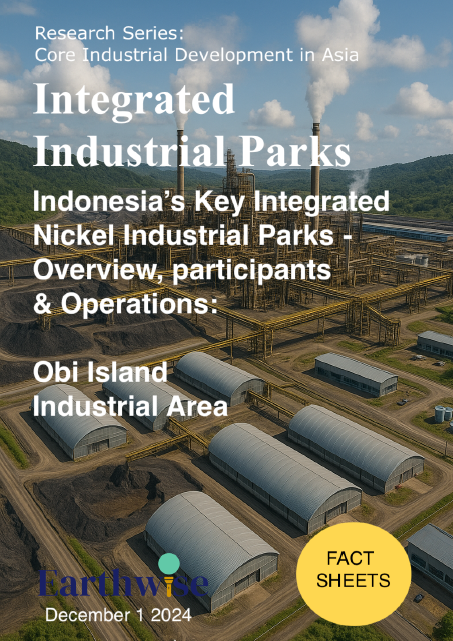
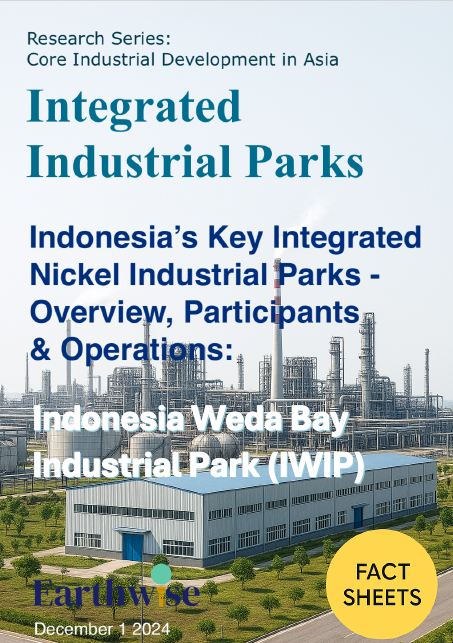
Would you like to receive our full fact sheets?
